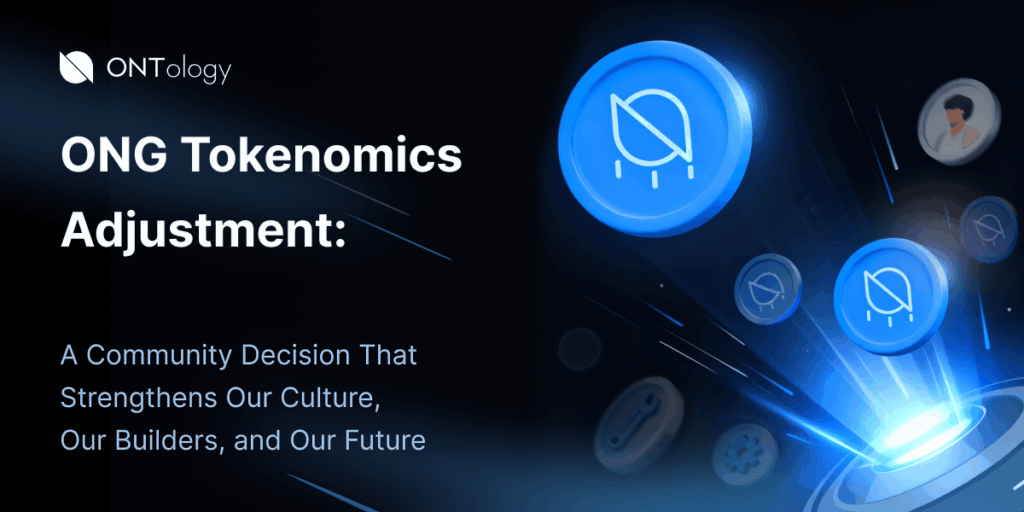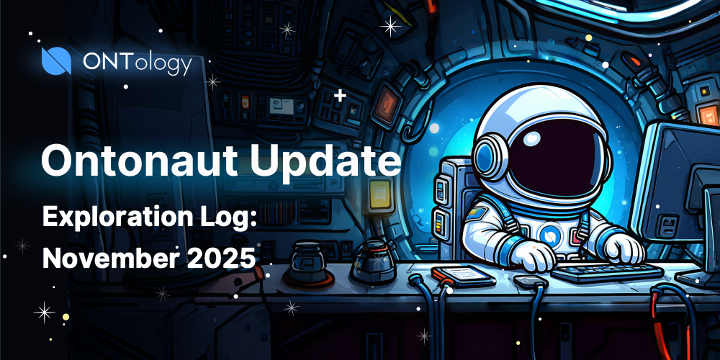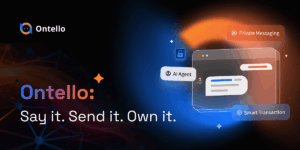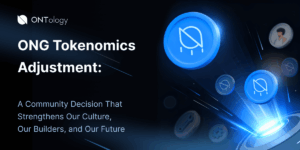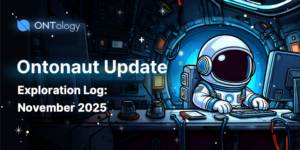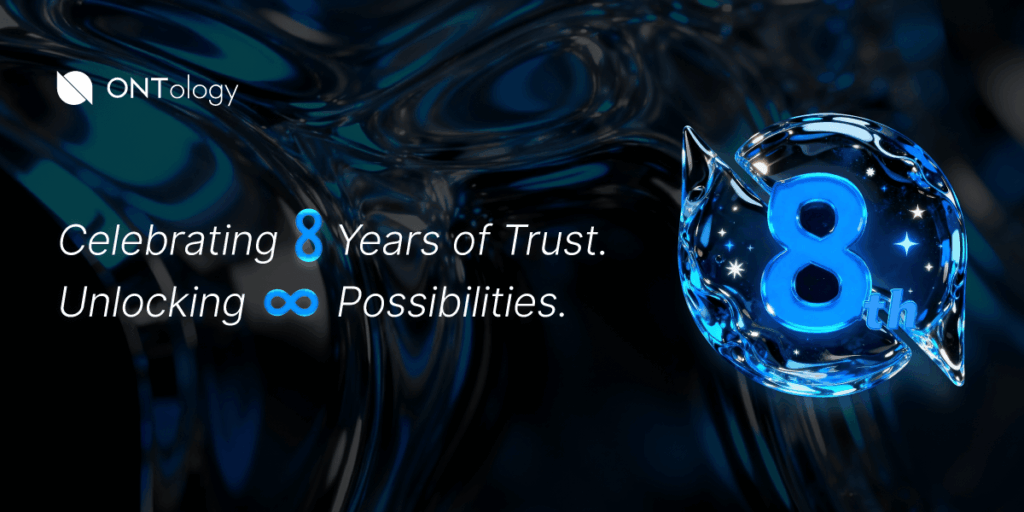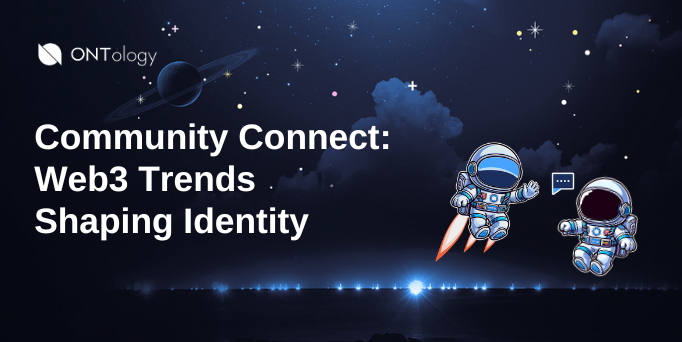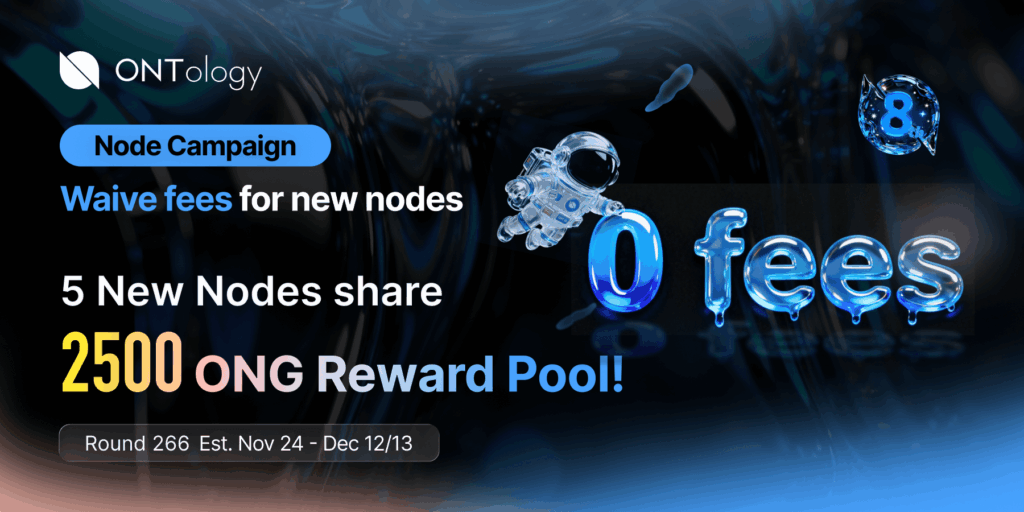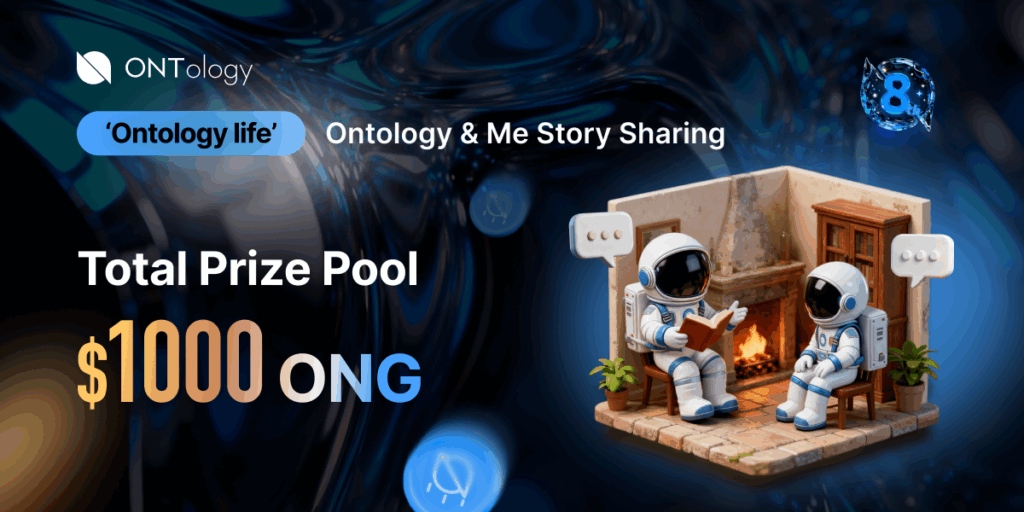
Ontello: Connect, Explore Web3, and Use AI, Securely
Today, we’re opening the Ontello Beta to our community. This is your first look at a new…
continue reading..
ONG Tokenomics Adjustment: ONG Is Now Capped at 800 Million
ONG’s maximum and total supply has officially been reduced from 1 billion to 800 million. This change…
continue reading..
Ontology Ecosystem Newsletter – November 2025
Welcome to the November edition of the Ontology Community Newsletter! This month brought exciting campaigns, updates, and…
continue reading..
Letter from the Founder: Ontology’s MainNet Upgrade
Ontology is celebrating its 8th anniversary and introducing one of its biggest updates to date – the…
continue reading..
Community Connect: Web3 Trends Shaping Identity
In this week’s Community Connect Spaces, the discussion focused on one major theme:the biggest stories in crypto…
continue reading..
Your Guide to Joining the Ontology Node Campaign
As part of our 8th Anniversary celebrations, Ontology is launching a new initiative designed to strengthen the…
continue reading..
8 Years of Trust: Your Ontology Story Begins Here
Eight years ago, Ontology set out with a simple but powerful vision: to build a decentralized identity…
continue reading..
Ontology MainNet Upgrade Announcement
Ontology will begin the MainNet v3.0.0 upgrade and Consensus Nodes upgrade on December 1, 2025. This release…
continue reading..
Web3 Horror Stories: Security Lessons Learned
Web3 horror stories lessons learned — this summary turns scary headlines into simple education: self custody, bridge…
continue reading..
ONG Tokenomics Adjustment Proposal Passes Governance Vote
The Ontology community has voted, and the results are in: the ONG Tokenomics Adjustment Proposal has officially passed. After…
continue reading..

